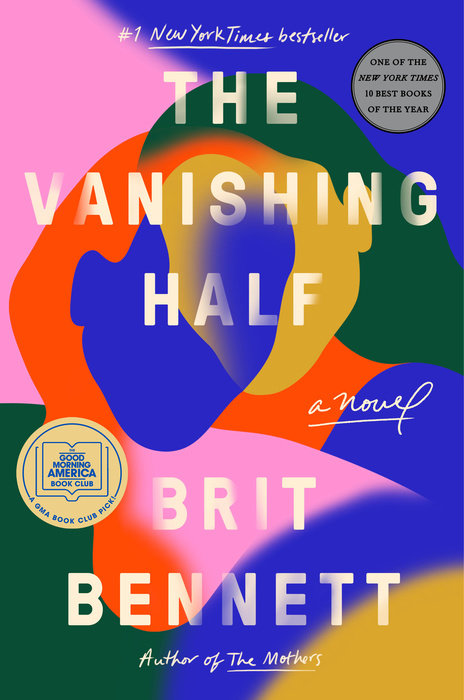Escape From Blackness: Once Upon a Time in Creole AmericaPosted in Articles, History, Louisiana, Media Archive, Passing, United States on 2020-10-29 01:55Z by Steven |
Escape From Blackness: Once Upon a Time in Creole America
The Village Voice
2019-12-04
Originally published on 1994-12-08 as “Fade to Black: Once Upon a Time in Multi-Racial America”
Joe Wood
“Growing up in New Orleans,” you told me later, “it would be impossible to see race as anything but socially constructed. But that doesn’t mean it’s not real.”
“METTÉ MILATE
ENHAUT CHOUAL,
LI VA DÎ NÉGRESSE PAS
SO MAMAN.”“JUST PUT A
MULATTO ON HORSEBACK,
AND HE’LL TELL
YOU HIS MOTHER WASN’T
A NEGRESS.”—Creole proverb, as translated
by Lafcadio Hearn, 1885
NEW ORLEANS — It was late and the show was finished. We were hungry and drunk. Adolph said Mulé’s was probably closed by now but he knew a place to eat on the other side of town. “Maybe you’ll see some of them over there, too,” he said. Adolph is a scholar of African American history and politics, and he was raised in New Orleans and knew how they looked and where they ate. They liked Mulé’s, a seventh-ward diner that serves the best oyster rolls in the city. The other place, Adolph said, was also good for observations, but far below seventh-ward culinary standards. It turned out to be an all-night fast-food joint, lighted too brightly, with a listless crowd of party people waiting in broken lines for some uninspired fried fare.
For a moment I forgot entirely about them and they. I wanted to try an oyster roll but there were none left, so I ordered a chicken sandwich “dressed” with lettuce and tomato and mayonnaise. The woman at the cash register seemed bored by my enthusiasm, and sighed, and in response I noted her skin color. She was dark. I turned my head and checked out two sleepy-eyed girls in the next line. They looked tired in their frilly prom dresses; their skin was waxen, the sad pale finish of moonlight. I knew — oh, I hesitated a moment, because I could see how a hasty eye might have thought them white, but I knew. Turning to Adolph I whispered “creole” and made giant drunken nod in their direction. Adolph looked and confirmed it: they were, in fact, them…
Read the entire article here.

.jpg?format=jpg&width=1920&height=1080&fit=crop)







